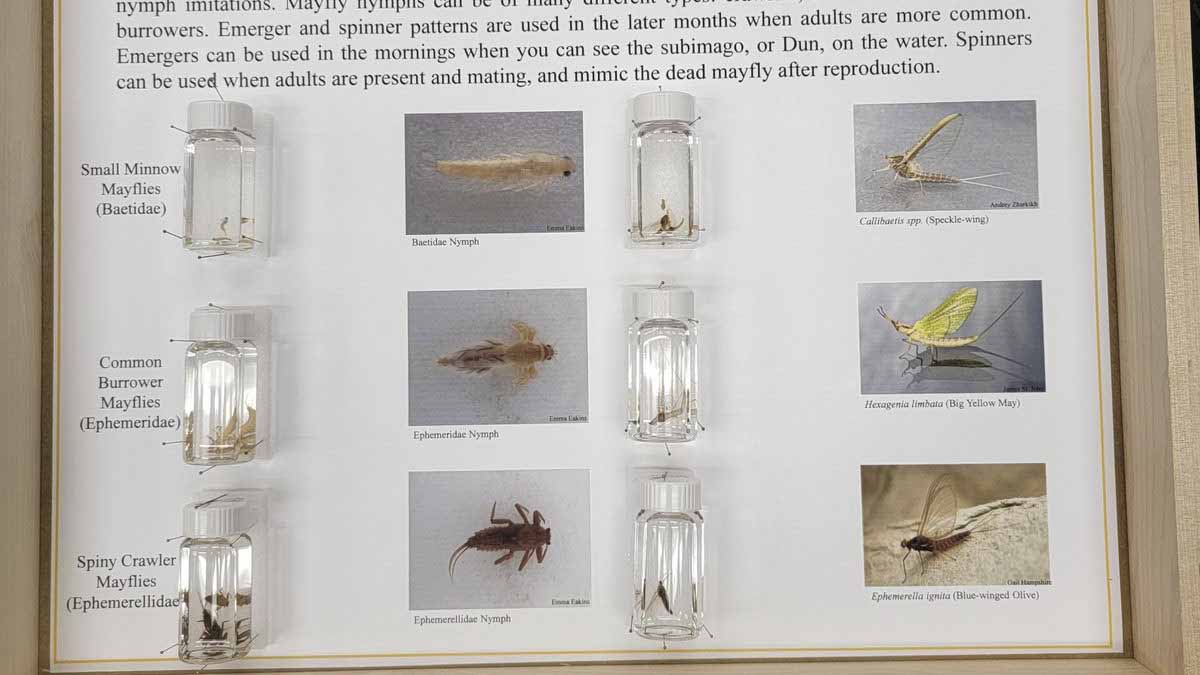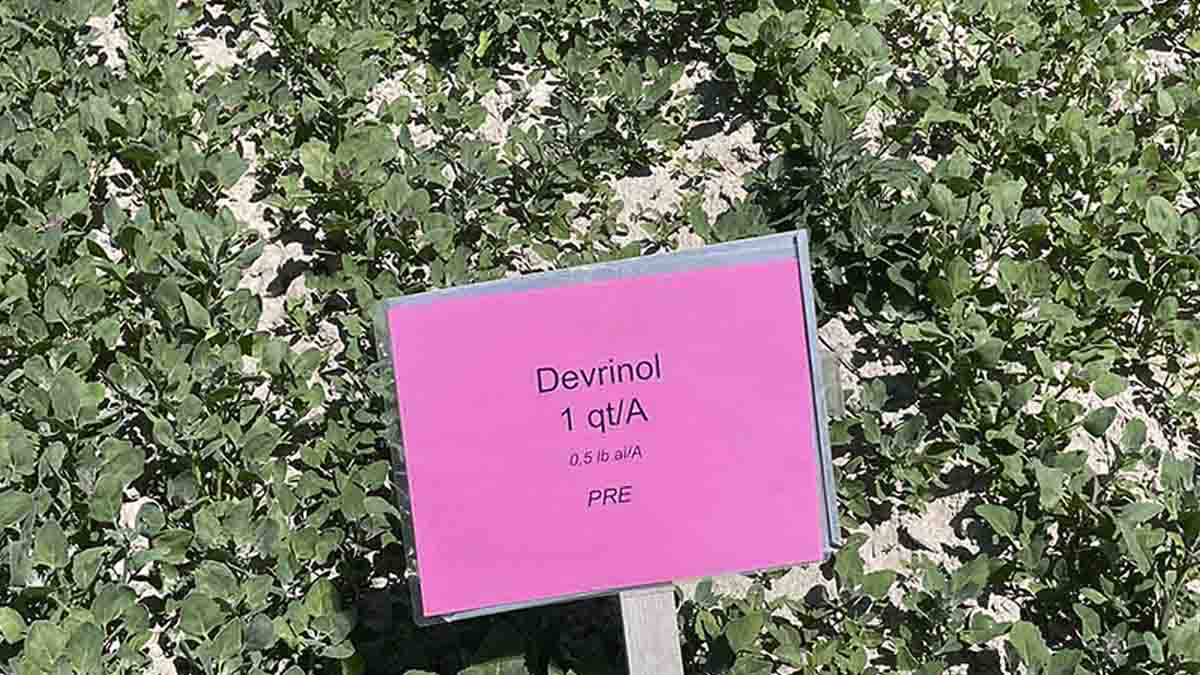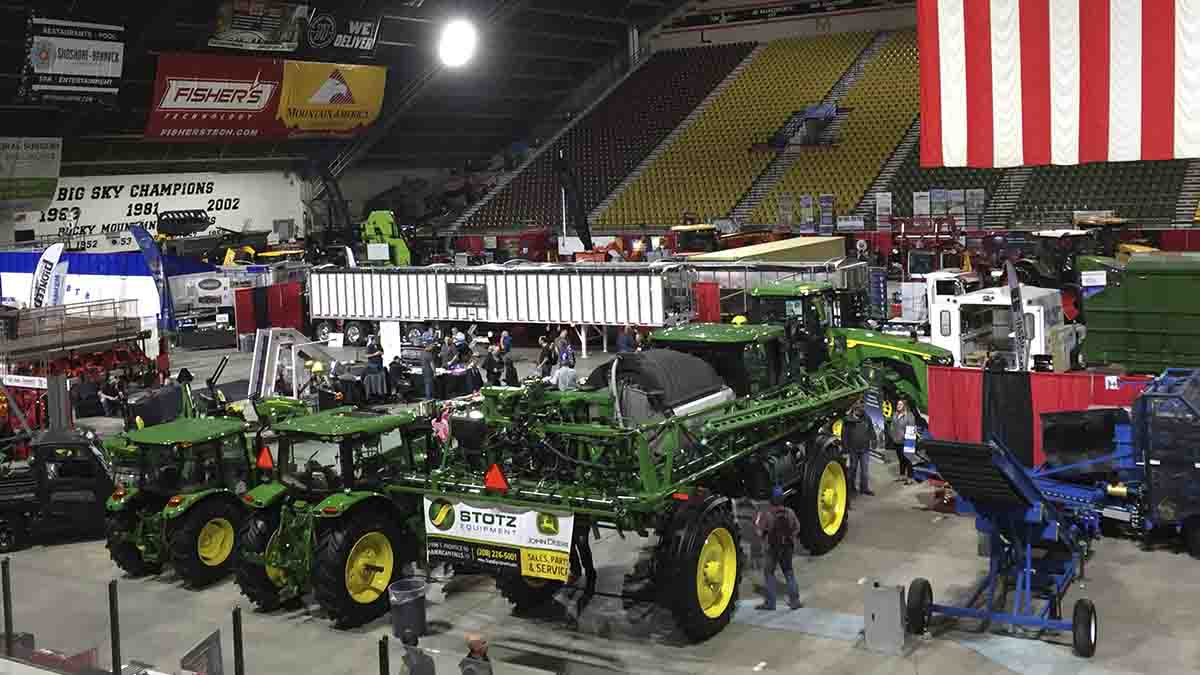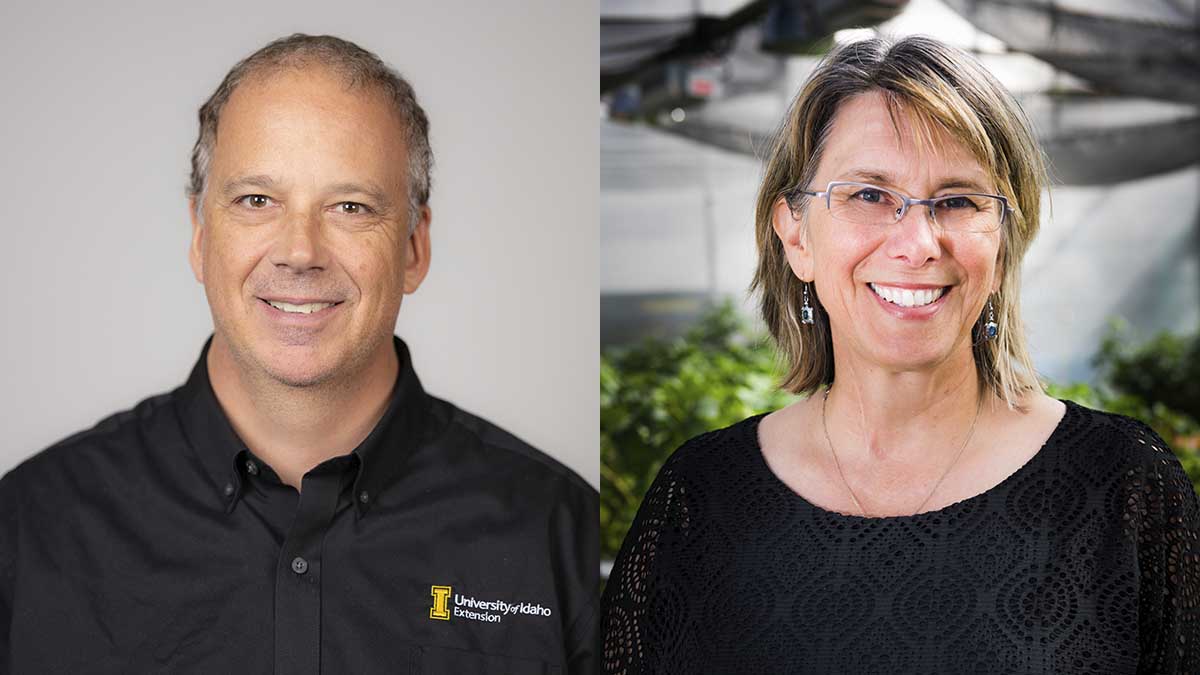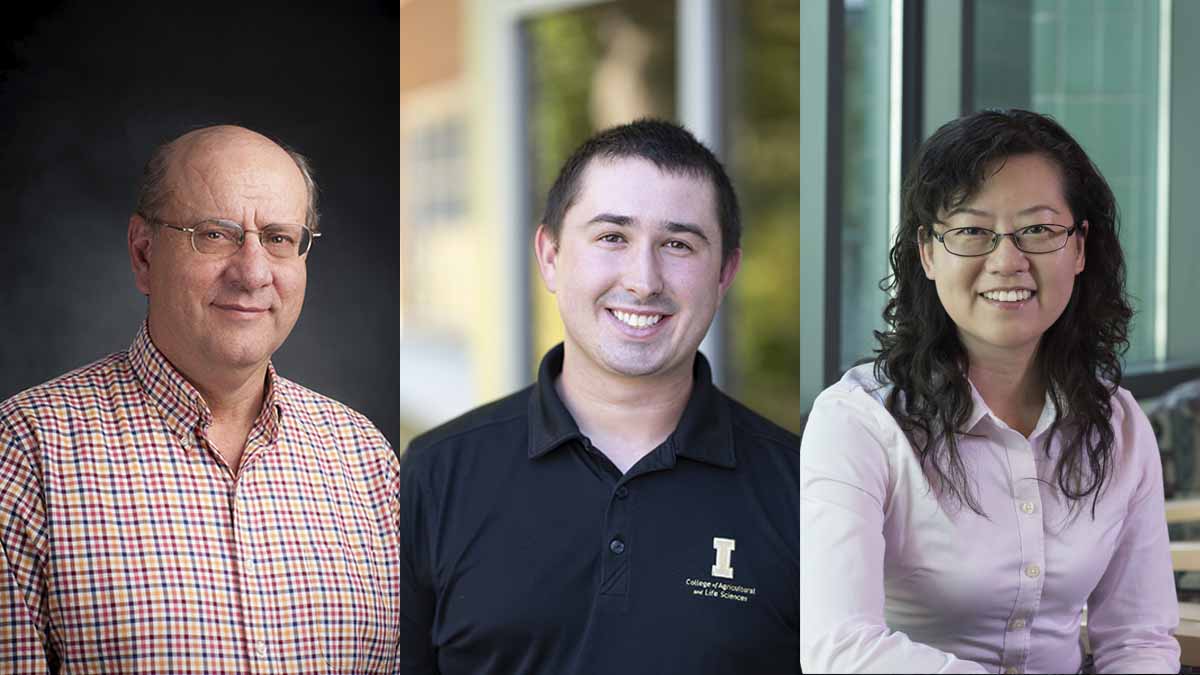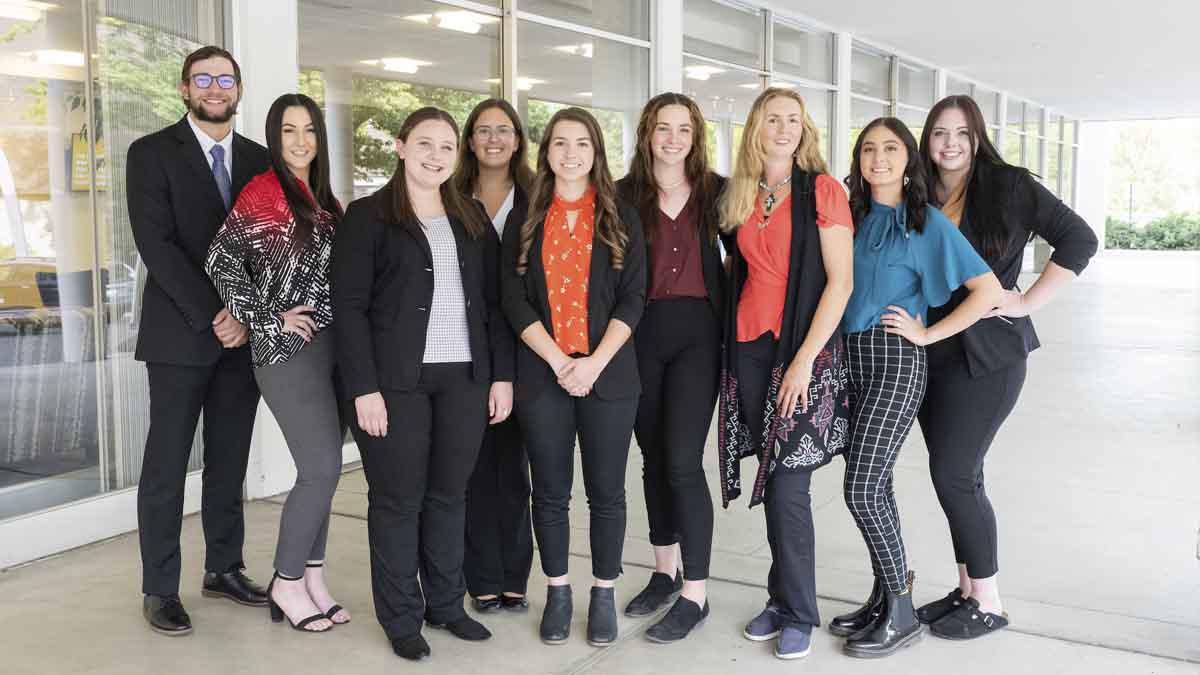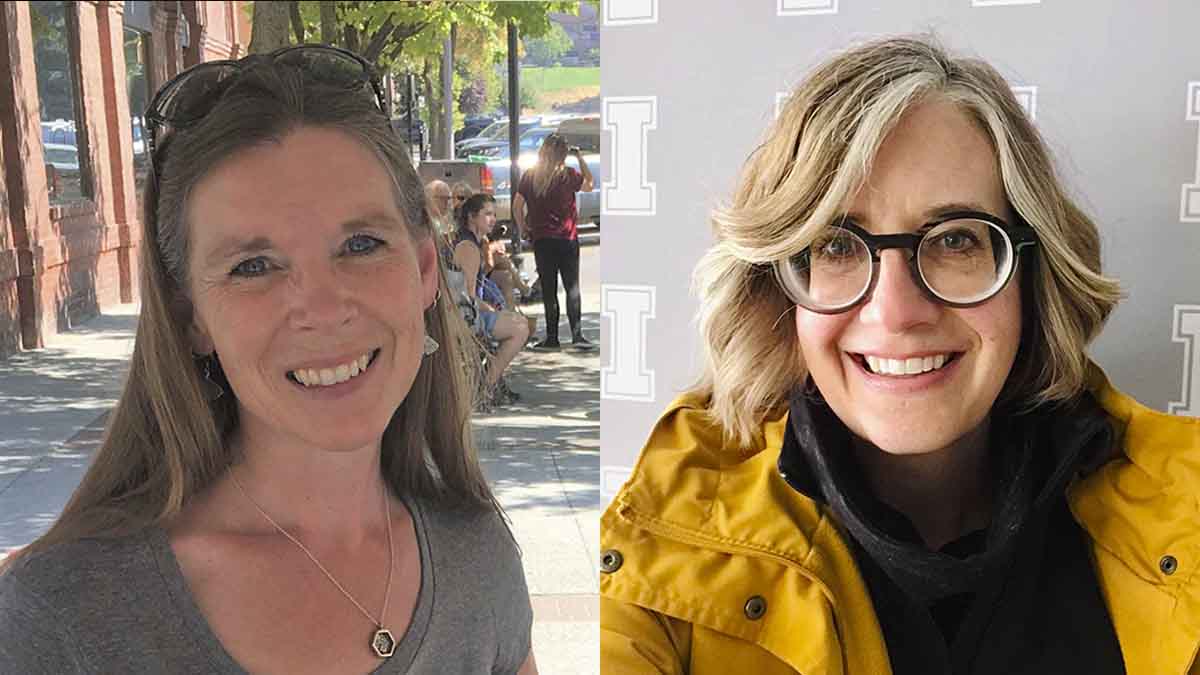Catching Up with CALS — Jan. 11, 2023
Dean's Message — Ag Drives Idaho Economy
A recent report by economists with University of Idaho’s College of Agricultural and Life Sciences (CALS) reaffirms what we’ve long known — agriculture drives the state’s economy. Idaho’s food producers shattered records during the past year for both net farm income, which measures farm income after expenses, and cash receipts, according to “Financial Condition of Idaho Agriculture 2022 (pdf),” authored by Brett Wilder, Rita Du and Garth Taylor. Idaho’s 2022 net farm income jumped a whopping 56% to $3 billion, compared with $1.9 billion during the prior year. Agricultural cash receipts in the state rose by 28% from the prior year to $11 billion — the largest single-year increase in the state's history. Our agricultural cash receipts have been outpacing the national average for decades, up by 90% since 1997, compared with a 50% gain for U.S. agriculture during the same timeframe. Idaho ranks among the top five U.S. states for agriculture as a percentage of overall gross domestic product, which measures the value of activity in an economy during a year. Food and agricultural goods also accounted for more than a quarter of total state exports in 2021.
Just as agriculture is the engine propelling Idaho’s economy, CALS is essential to the viability of Idaho agriculture. The report estimates agriculture is responsible for 12% of Idaho jobs. These food industries need trained professionals, and we educate tomorrow’s workplace leaders. Many of our students develop invaluable soft skills — such as leadership, teamwork, public speaking skills and self-confidence — even before college through participation in UI Extension 4-H Youth Development programs. CALS scientists solve questions benefiting the full gamut of the state’s diverse commodity portfolio. UI Extension staff host field days to share best practices, send alerts to growers when economically important pests surface and engage the industry in relevant discussions through recurring programs such as Ag Talk Tuesdays.
We seek to be proactive with our research, delving into looming industry challenges, such as climate change and sustainability, thereby enabling food producers to seamlessly transition into the future. We bear in mind the solutions we identify must also be economically sustainable for operators. For example, we were recently awarded a USDA Partnerships for Climate-Smart Commodities grant of up to $55 million — roughly twice as large as any prior U of I grant — to drive climate-smart practices on about 10% of Idaho’s active cropland. The program is expected to prevent up to 100,000 tons of carbon dioxide per year from entering the atmosphere. A portion of the grant funding will benefit over 100 participating Idaho farmers by incentivizing their adoption of practices that could benefit the environment and their bottom lines without having to assume the financial risk. We also have big plans to ensure a bright future for the state’s dairy producers, who represent Idaho’s top agricultural sector and were responsible for 38% of its agricultural cash receipts in 2022. The forthcoming Idaho Center for Agriculture, Food and the Environment (Idaho CAFE) should open in Rupert in 2024 and will be the nation’s largest research dairy. The commercial-scale dairy will help dairymen meet the challenge of maintaining sustainable operations in the face of mountain resource pressures for decades to come, with a unique emphasis on the arid West. The return on investment CALS provides the state can’t be overstated. Agriculture is the beating heart of Idaho’s economy, and CALS is constantly reinventing the blueprint for Idaho agriculture to thrive.

Michael P. Parrella
Dean
College of Agricultural and Life Sciences
By the Numbers
A University of Idaho Extension research team is studying how gender bias has shaped policies that have created barriers for female farmers and made it harder for them to access land to farm, as well as assistance from many USDA programs. According to the team’s research, based on data from the USDA Census of Agriculture and other sources, there’s a 151% discrepancy in net farm income between men and women farmers, favoring men. In Idaho, 39% of farmers are women, and there are at least 17,230 women farmers. Furthermore, 45% of principal farmers in Idaho are women, for a total of 10,896 women principal farmers in the state. Nearly 80% of Idaho’s women primary producers have annual gross farm sales of less than $150,000. Upwards of 15% of Idaho women primary producers have annual gross farm sales in excess of $1 million. Women primary farmers and ranchers in Idaho are responsible for 42% of the state’s hay and cattle production. Visit www.idahofoodworks.org/idaho-women-in-ag for more information.
Our Stories
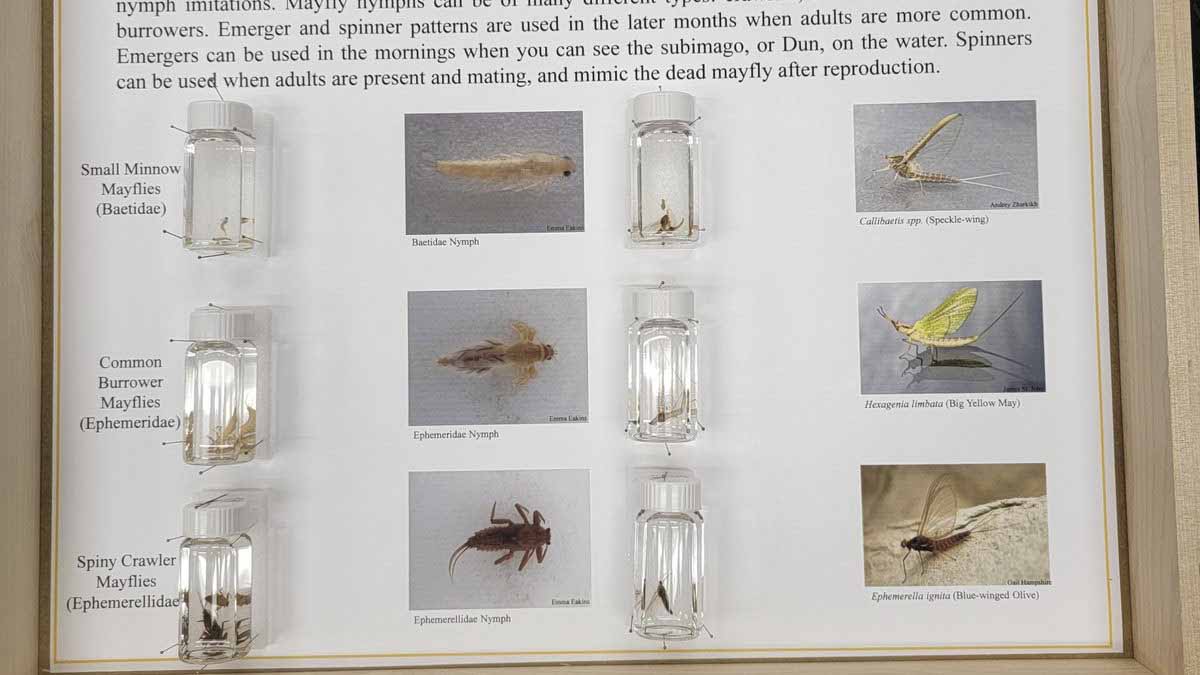
Fly Fishing Display Cases
A University of Idaho student entomology club has teamed with a campus fisheries group to create several educational display drawers featuring aquatic bugs fly fishers commonly imitate with their insect patterns.
Members of the Aldrich Entomology Club created posters highlighting key facts about caddis flies, stoneflies, mayflies, midges, the mayfly lifecycle and terrestrial insects that often fall into waterways. The club members selected insect specimens stored in alcohol-filled vials from the university’s William F. Barr Entomological Museum to include in the cases. They also took high-quality, close-up photographs showing the insects in greater detail.
Student members of the Palouse Unit of the American Fisheries Society are using the specimens as models for tying detailed fly patterns, the best of which will also be included in the display cases with the posters, preserved bugs and photographs. The cost of the project is just under $1,500 and was funded by the Clearwater Fly Casters Club and the College of Agricultural and Life Sciences (CALS).
“These insects are intricately connected to the health of aquatic ecosystems. The quality of a stream or body of water can be assessed using aquatic insects as ecosystem indicators,” said Dane Elmquist, a doctoral student in the Department of Entomology, Plant Pathology and Nematology who led the effort, along with members Jessica Fung and Abigail Crawford. “Getting people out there fly fishing, you’re almost forced to think about how these insects relate to the stream you’re fishing and how they relate to the health of the aquatic ecosystem as a whole.”
The clubs ordered the custom-built wooden drawers and will make two identical six-drawer sets. The Clearwater Fly Casters will receive one set to feature at meetings and use in community education.
The other set will be used at fisheries society functions and in displays at the museum and the university’s Natural Resources Building. Advocates for resurrecting a campus fly fishing course would also like to use the drawers as an instructional tool.
“When the entomology club does outreach activities they will bring the cases with them,” said Luc LeBlanc, curator of the entomological museum. “When I host school group visitors, the cases will be on display, as well.”
After attending a fly-tying night hosted by the fisheries club, Elmquist is eager to try fly fishing as a new hobby this summer.
“It’s amazing how fast some of the more experienced tyers are able to produce a fly. We had a rusty-colored ant in a box, and 10 minutes later one of the members came back and said, ‘Here’s a cinnamon ant,’” Elmquist said.
Sage Unsworth, a graduate student from Boise studying natural resources with an emphasis on fisheries science and president of the fisheries society, plans to bring the display drawers to his organization’s student mixers. Unsworth anticipates the cases will lead anglers to think more deeply about the role entomology plays in their pastime.
“A lot of people may know these flies, but they may not know what insects they imitate,” Unsworth said. “This project leads anglers and maybe entomologists, too, to look at fly fishing from a different point of view. They see a fly and how it matches an actual insect. It’s meant to mimic something.”
Clearwater Fly Casters has a history of partnerships with higher education. The organization offers at least one scholarship of between $1,000 and $1,500 per year, open to graduate students studying fisheries management at U of I, Washington State University, Eastern Washington University or Lewis-Clark State College. The club will host an auction at Best Western University Inn in Moscow on Feb. 8 to raise funds for the scholarship.
“Part of our mission is education, and we want to encourage people to consider the sport of fly fishing,” said Lynn Youngblood, co-president of Clearwater Fly Casters. “This display drawers project is a way to promote the sport.”
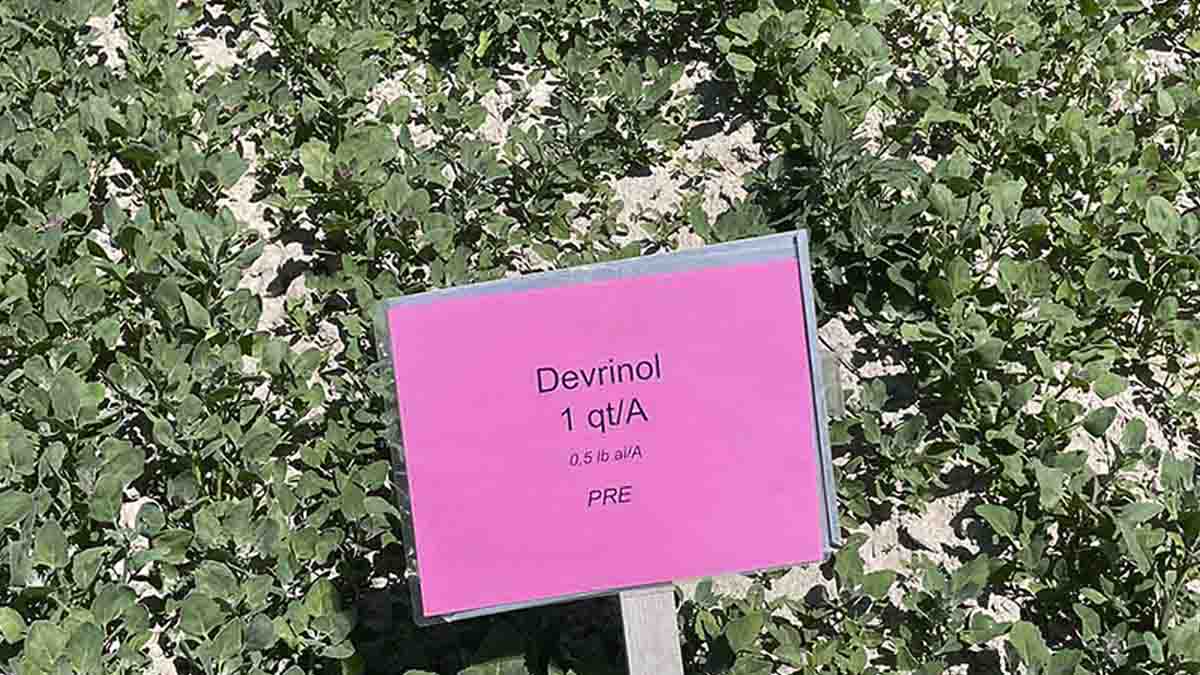
Finding Quinoa Herbicides
Forthcoming field trials at the University of Idaho’s Aberdeen Research and Extension Center could help provide the first herbicides to local farmers who raise quinoa, a niche crop that’s gaining a foothold in the state’s eastern region.
Quinoa, a pseudocereal native to South America, has earned a reputation as a superfood for its health benefits. Prices and demand for the crop have been on the rise.
Eastern Idaho has become the nation’s No. 1 production area for quinoa, which fits well into sugar beet and potato rotations. Without any herbicides labeled for use in quinoa, however, weeds can overrun fields, giving farmers second thoughts about planting it.
The U.S. Department of Agriculture’s IR-4 Project, which helps specialty crop growers address pest management concerns, has approved about $24,000 for quinoa field trials in 2023.
“It’s a pest problem without a solution,” said Ronda Hirnyck, a UI Extension pesticide specialist who serves as the state’s liaison to the IR-4 Project. “The weeds are terrible.”
Pam Hutchinson, UI Extension potato cropping systems weed scientist, will conduct at least two of the trials in Aberdeen, with the goal of finding effective herbicides and getting special-needs labels approved for local use.
“I’m always interested in looking at crops that have the potential to be grown with potatoes,” Hutchinson said. “The more crops we can get into a three-year rotation, anything like that helps break the cycle of diseases out there.”
The effort to get special-needs labels approved for quinoa herbicides recently took a major step forward when the U.S. Environmental Protection Agency categorized the previously unclassified crop as a grain in September 2022. The EPA categorization — which is not based on physiology but rather on how quinoa metabolizes pesticides — eliminates the need for hundreds of thousands of dollars in chemical residue testing otherwise necessary to get pesticide tolerances registered with the U.S. Food and Drug Administration. The categorization allows regulators to base residue decisions for specific chemicals on data already collected for other grains.
The trials should narrow down the list of potentially effective herbicides while also generating additional data of interest to chemical manufacturers.
“The chemical companies may still want at least a couple of studies,” Hirnyck said. “They register the pesticide ultimately and they have to accept that liability.”
Quinoa is a close relative of common lambsquarters, which is among the state’s most prevalent weeds, and chemicals effective at controlling lambsquarters also tend to kill quinoa.
Hutchinson plans to evaluate 10 to 15 herbicides in this spring’s trials. During small-scale quinoa herbicide trials Hutchinson previously conducted in Aberdeen, Devrinol — a preemergence herbicide labeled for turf grass and certain vegetables, nuts and small fruits — showed promise at eliminating lambsquarters without harming quinoa plants. The herbicide Dual Magnum was another good candidate. Both chemicals will be included in Hutchinson’s forthcoming trials.
UI Extension has also sought to help growers control weeds in quinoa without chemicals. Xi Liang, UI Extension specialist in cropping systems agronomy, evaluated intercropping with quinoa and varying row spacing from 2018 through 2021, measuring the effects of each scenario on weed density.
The buyer for the region’s quinoa is Idaho Falls-based Teton Mills, which is the largest quinoa mill in the U.S. It’s owners, Pingree-based Wada Farms and Driggs seed potato farmers Wyatt and Nathan Penfold, collaborate with a similar-sized quinoa mill in Canada.
Teton Mills aims to contract for 3,000 acres of quinoa throughout eastern Idaho during the 2023 season. Most of the quinoa is sold domestically, and grower returns are between barley and potatoes. The crop thrives on cooler, high-altitude farmland. Plants can become sterile when high temperatures rise above 90 degrees during the flowering stage.
Wyatt Penfold explained the cost of cleaning quinoa is significant due to the high concentration of weed seeds that must be removed.
“Our plant isn’t like any other plant out there that does any other grains. There’s a whole lot of specialized equipment,” Wyatt Penfold said.
The Penfolds have done small-scale quinoa trials on their farm for 15 years, testing agronomic practices and potential herbicides and sharing the information with Hutchinson. Without herbicides available, Wyatt Penfold believes the best approach to raising quinoa is simply to plant it in fields without many weed seeds.
“As of right now we just try to plant it in our cleanest ground we have,” Penfold said. “We follow potatoes or sugar beets.”
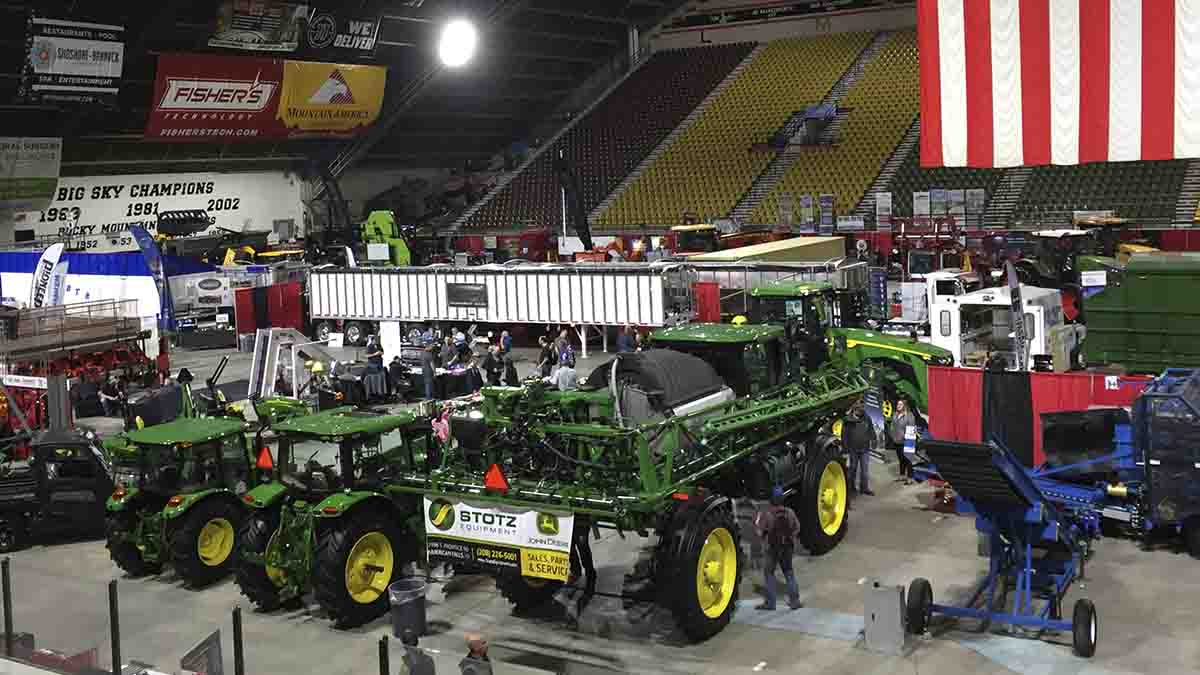
Idaho Potato Conference
University of Idaho Extension will highlight the latest in news and research affecting the state’s most famous crop during the 55th Annual Idaho Potato Conference and Trade Show, scheduled for Jan. 18-19 in the Pond Student Union Building on the Idaho State University campus.
Event partner Spectra Productions will host a trade show featuring more than 70 booths and displays from agricultural vendors and service providers in the Student Union Building’s ballroom, and the Eastern Idaho Ag Expo, featuring the latest in potato farming equipment and innovations, will fill ISU’s Holt Arena.
Co-chairs of the conference’s organizing committee include Kasia Duellman, UI Extension seed potato specialist; Rhett Spear, UI Extension potato variety development specialist; and Justin Hatch, UI Extension educator in Caribou County.
“Having the trade show and Ag Expo to help attract people’s attention I think is a great marriage,” Duellman said.
The educational sessions (pdf), known informally as potato school within the industry, are scheduled from 8 a.m. to 5:15 p.m. on Jan. 18 and from 8 a.m. to noon on Jan. 19. Online registration is $40 through Jan. 13. Registration will also be available onsite during the event for $50.
Nearly 40 sessions, including a slate of discussions in Spanish, will be offered over the course of a day and a half. McCain Foods will provide fried potato snacks. New this year, a local potato farmer is donating Teton Russet potatoes for a baked potato bar, which will be offered Jan. 18 and will include several toppings. Some presentations will be recorded and will be available on the conference website for participants to view after the event.
“It’s an opportunity for the industry to get updated information on important issues, earn pesticide credits and network,” Duellman said.
One session will focus on new diseases affecting Idaho potatoes, as well as updates on diseases that haven’t been detected in the state but could pose a threat.
Duellman will offer participants an overview of Rubbery rot, which UI Extension plant pathologist James Woodhall’s laboratory confirmed in collaboration with Duellman’s team for the first time in Idaho in 2019. Duellman said the tuber samples, taken from an eastern Idaho potato storage, had symptoms somewhat like pink rot or pythium leak, though they tested negative for both diseases. Rubbery rot has also been confirmed in Michigan, North Dakota and Minnesota in recent years.
“It seems to be associated with wounding, like some other storage diseases, as well as warmer or wetter-than-normal soils around harvest time,” Duellman said.
In the same session, Woodhall will discuss a few highly regulated diseases the industry would like to keep out of Idaho, including potato wart and Ralstonia brown rot.
Also on the agenda, leaders with major potato organizations will speak before participating in a panel discussion. They include Idaho Potato Commission President and CEO Jamey Higham, National Potato Council COO Mike Wenkel and Potatoes USA CEO Blair Richardson.
Spear will speak about an opportunity for growers to receive financial compensation to experiment with environmentally friendly agronomic practices. Spear is a participant in a USDA Partnerships for Climate-Smart Outcomes grant led by Oregon State University. The project, with potential funding of up to $50 million, will build climate-smart markets and advance adoption of climate-smart management systems in Idaho, Washington and Oregon. Potatoes will be among the primary commodities investigated.
Spear said the grant should entice growers to diversify crop rotations and familiarize themselves with planting cover crops — which are raised primarily for soil health benefits. Many acres are already enrolled but program funding may still be available. Spear anticipates about 2,000 Idaho potato acres will be included.
“We want to look at some of these farms before they start practices. In a few years, we’ll see how it improves the soil,” Spear said.
Additional talks will focus on general farming topics such as succession planning, farm stress awareness, leasing land, irrigation and managing weeds and voles.
Faces and Places
Mario de Haro Martí, a University of Idaho Extension educator in Gooding County, presented Jan. 10 at the American Society of Agricultural and Biological Engineers’ Soil Erosion Symposium in Puerto Rico about his ongoing Extension project in partnership with the Gooding Soil Conservation District to use a no-till drill to plant cover crops with minimal soil disturbance.
Louise-Marie Dandurand, associate professor in the Department of Entomology, Plant Pathology and Nematology and director of the University of Idaho’s Pale Cyst Nematode Program, presented a poster Jan. 4 about a recent USDA Specialty Crop Research Initiative award titled “Systems Approach to Nematode Control in U.S. Potatoes,” which has been dubbed the PAPAS project, at the Potato Expo in Denver.
Garth Taylor, a University of Idaho Extension agricultural economist, presented a new report, “Financial Condition of Idaho Agriculture 2022 (pdf),” to members of the Idaho Legislature’s Economic Outlook and Revenue Assessment Committee on Jan. 5. The report was authored by Taylor and UI Extension agricultural economists Brett Wilder and Rita Du.
Nine CALS agricultural education students are student teaching this semester in ag classrooms in Idaho and Washington — Anthony Jefferies, Madison High School in Rexburg; Kaelie Brown, Columbia High School in Nampa; Drew Carrell, Hagerman High School, Shasta Richardson, Meridian High School; Morgan Schulz, Quincy High School in Quincy, Washington; Mia Stender, Homedale High School; Sarah Reisenhauer, Clarkston High School in Clarkston, Washington; Jordyn Bettencourt, Mountain Home High School; and Melinda Cross, Genesee High School.
University of Idaho Extension educator Colette DePhelps will moderate a panel discussion, “Growing Idaho Markets: Cultivating Partnerships Between Growers and Independent Retailers and Restaurants,” at 3 p.m. Jan. 19 during the Field to Fork Festival in Boise, sponsored by FARE Idaho. Furthermore, DePhelps will have a booth at the trade fair focusing on the Idaho Women in Ag project, and University of Idaho Extension educator Ariel Agenbroad will have a booth on the Cultivating Success program.
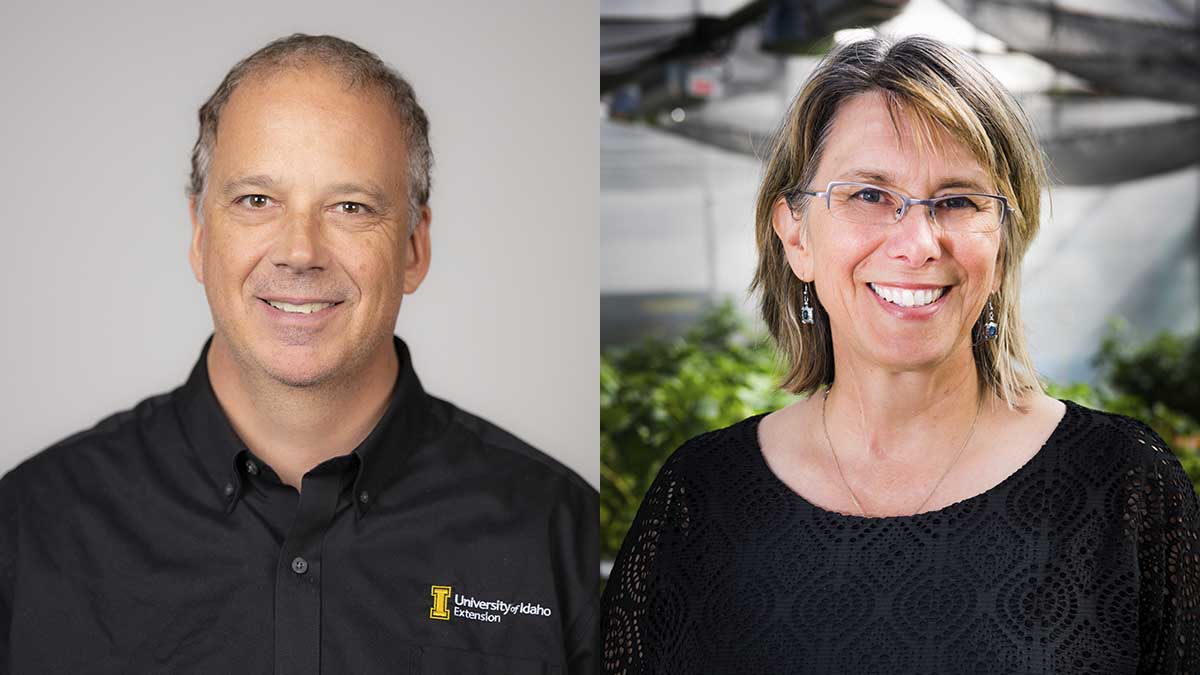
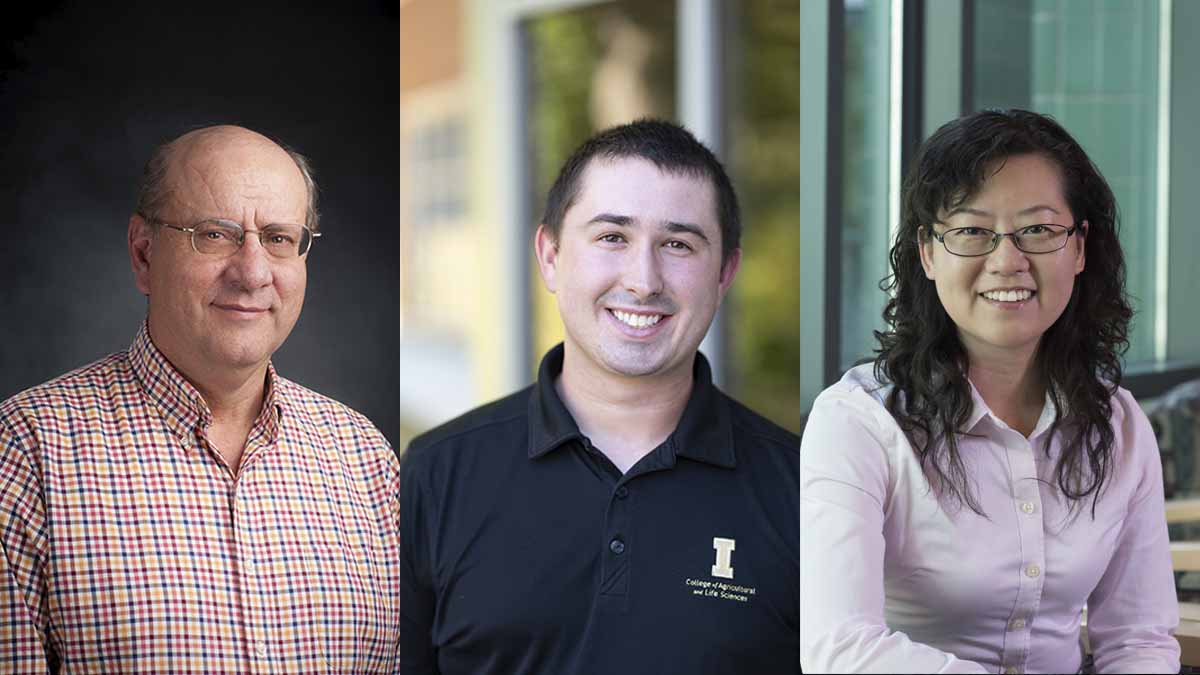
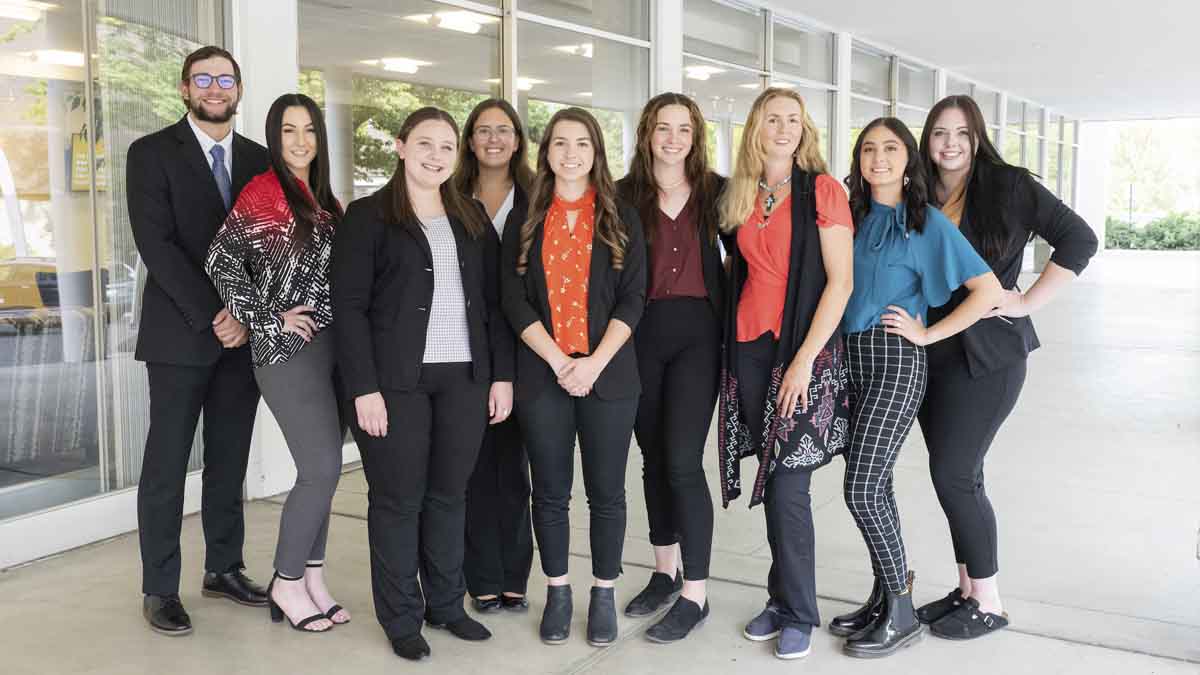
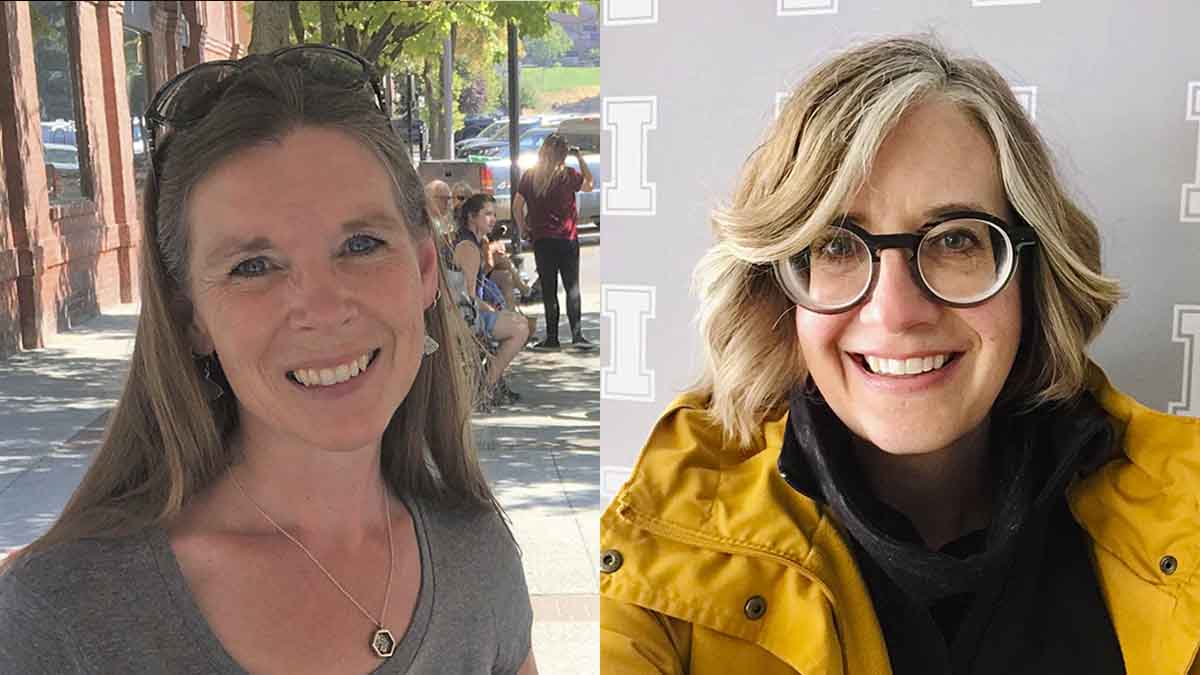
Events
- Jan. 11-12 — Idaho Range Livestock Symposium — Jan. 11, Twin Falls; Jan. 12 Idaho Falls/online
- Jan. 18-19 — Idaho Potato Conference, Idaho State University Pond Student Union Building, Pocatello
- Jan. 18-April 19 — Heritage Orchard Conference, online monthly
- Jan. 26 — Virtual Food Safety Program, online monthly
- Jan-March — Agricultural and horticultural related winter workshops
- Feb. 7-10 — Cereal School (pdf) — Feb. 7, Burley; Feb. 8; Pocatello; Feb. 9, Idaho Falls and St. Anthony; Feb. 10, Grace and Preston, contact Justin Hatch at 208-547-3205
- Feb. 14-April 4 — U and I Together, 4 p.m. MST, online
- March 16 — Introduction to Quickbooks for Farming and Ranching, 7 p.m. MST, online







